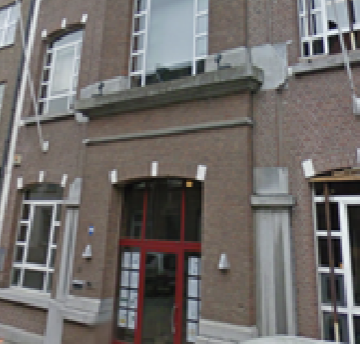In-house R&D lab
Our in-house Research & Development lab consist of a wide variety of tools and equipment, which allows us to build prototypes, test set-ups, assembly products, etc. It greatly improves the effectiveness of our product design and engineering service.
Why is this relevant for you?
Physical prototypes provide valuable insights during the design process. In-house prototyping allows us to gather these insights instantly.
With in-house created prototypes and test setups, we validate assumptions and optimize our design at an early stage.
Our broad network of suppliers enables us to easily select and combine the right expertise to build the best possible prototype for every situation.
Our lean design process allows you to enter the market faster. Once the final design is confirmed, our network can quickly scale up production.
Our equipment
- 3D printers (FDM & SLA)
- Laser cutter
- Water jet cleaning
- Electronics labo
- General workshop tools for wood, metal and other common materials
- Textile prototyping tools
- Spray booths
- Sample database
- 3D-printer, techniek “SLS (Selective Laser Sintering)”
- Klimaatkast
Proof of concept
The development of a Proof of Concept (PoC) is characterized by short iterations of designing, testing and improving. Prototyping allows to develop and validate the feasibility of the concept in a fast and reliable way.
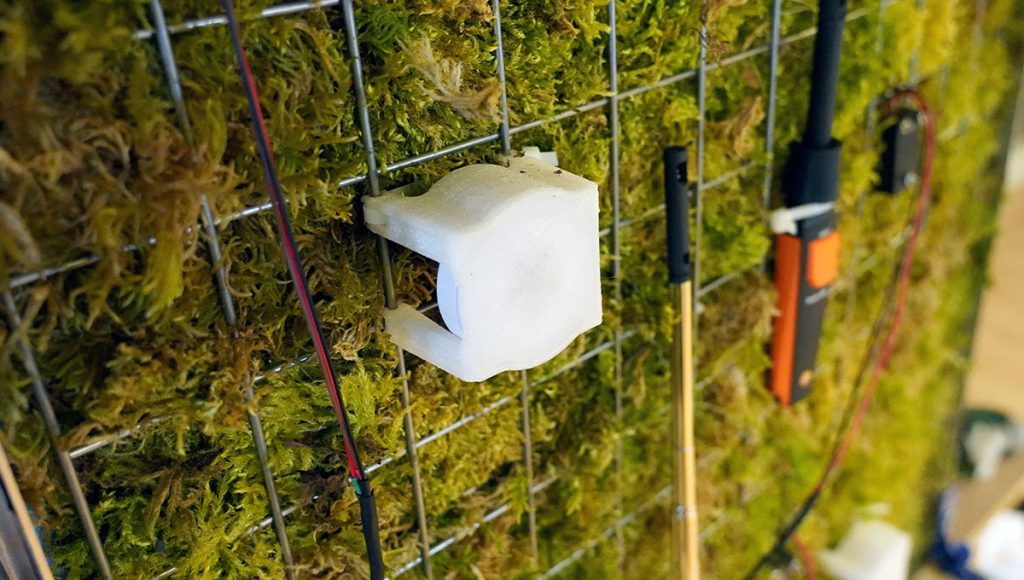
Prototyping
The purpose of the prototype determines its level of required detail. For example, quick and simple prototypes can easily provide valuable insights on ergonomics, proportions, look & feel, etc. By increasing the level of detail, functionality and adding electronics, we can verify the user’s interaction with the product as well as further improve its performance.
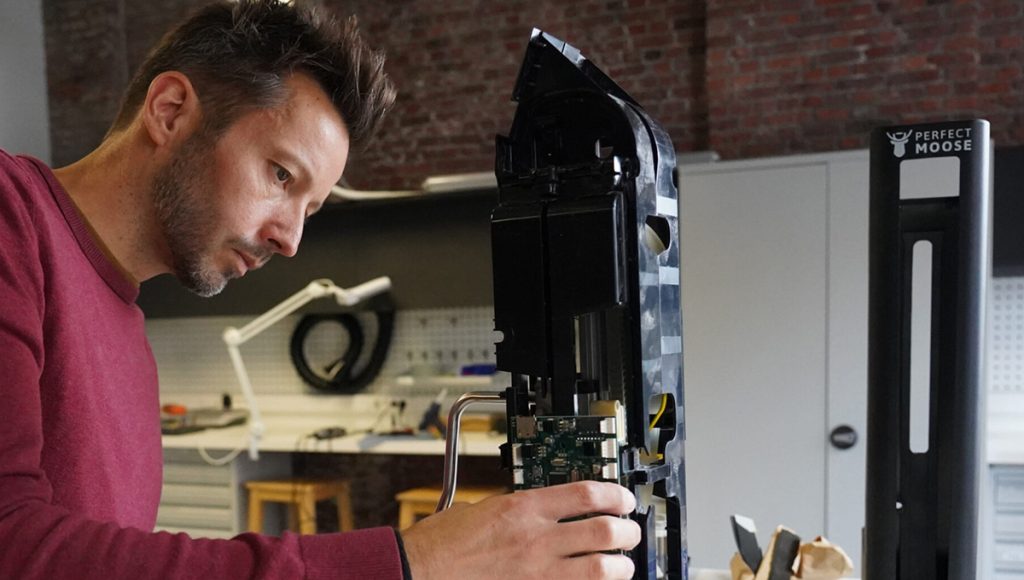
User research
In order to develop an effective, efficient and satisfactory product, user research is key. Early on in the design process this means understanding their behaviors, needs and motivations. If these aren’t known beforehand, they can be identified through observation techniques, task analysis, think aloud protocol, and other methods. In the later stages of the design process, the focus is on evaluating designs with the target group. These usability tests require a clearly defined context of use, performance and satisfaction criteria, and a testing procedure based on the ISO62366 usability guidelines (or ISO 13485 in case of medical devices). Some common evaluation methods we use are: interviews, focus groups and surveys.
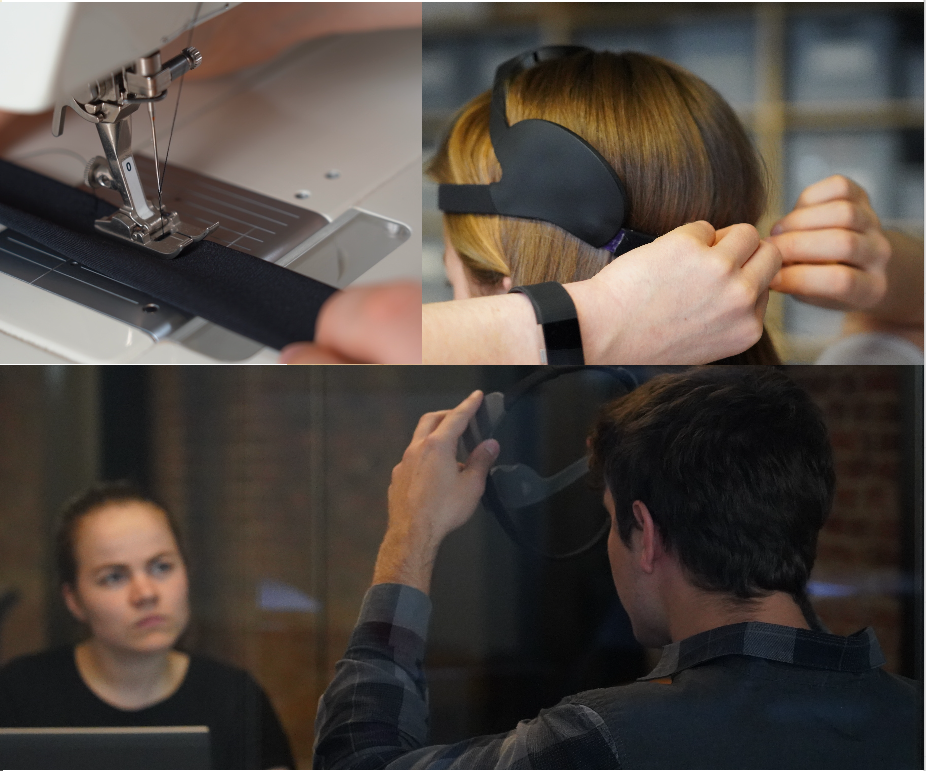
Testing & verification
The development of reliable and safe products is essential and key during a development. At Achilles we work together with accredited test labos for CE certification. However pre-compliance tests such as durability, drop, impact, and IP tests, we do in-house.
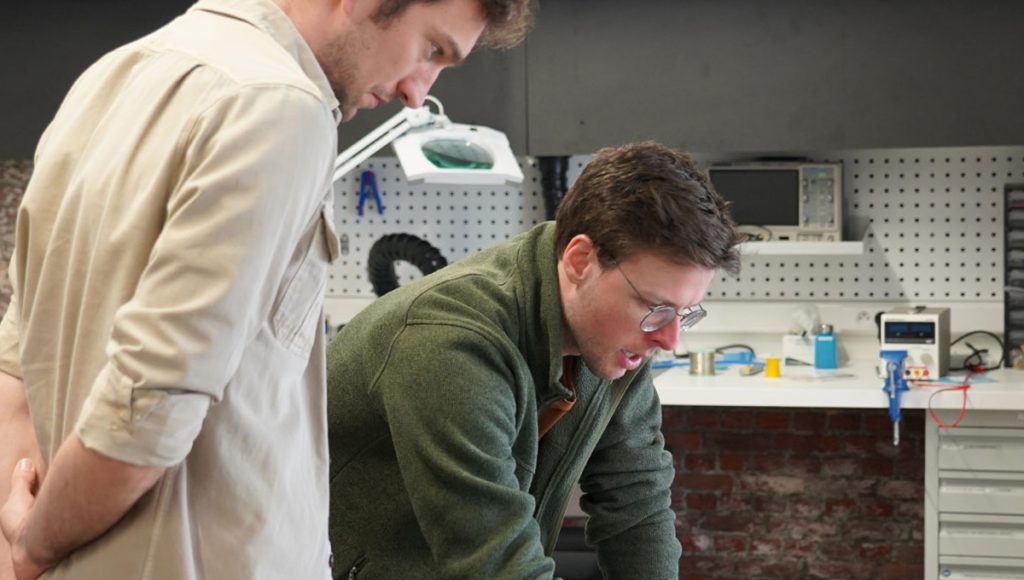
Pilotseries
We always design our products with scalability in mind. When we combine our in-house expertise and capacity with our supplier network, we can help our clients to seamlessly migrate from a development to production state. We have the facilities for the rollout of a first series of e.g. 50 products.
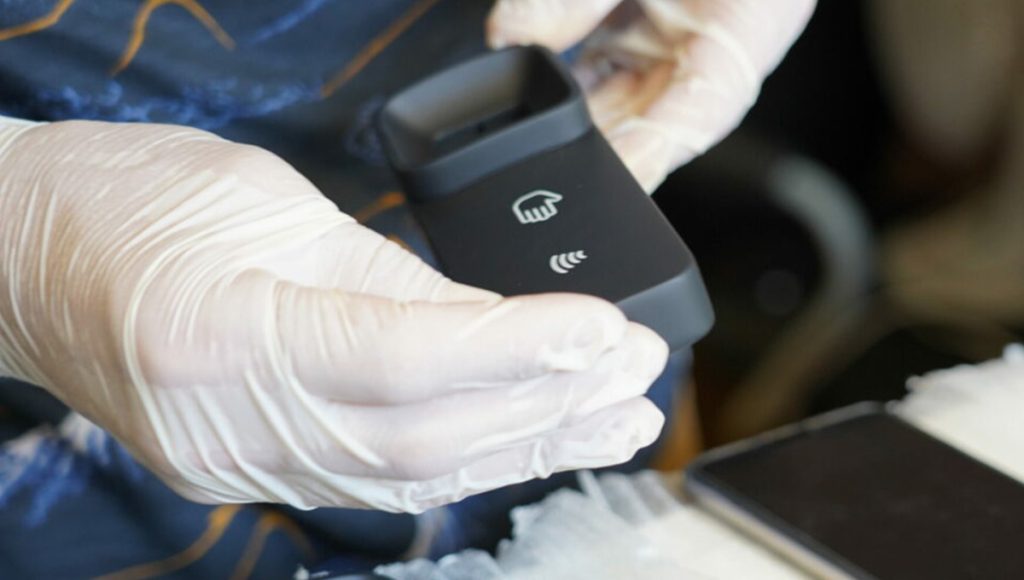
Assemblage tools
Once production volumes start to rise, it’s important to set up an effective assembly process. We can develop and build assembly tools and jigs that allow an easy and accurate assembly of devices. They can also support testing of (sub)sytems before they are being shipped.
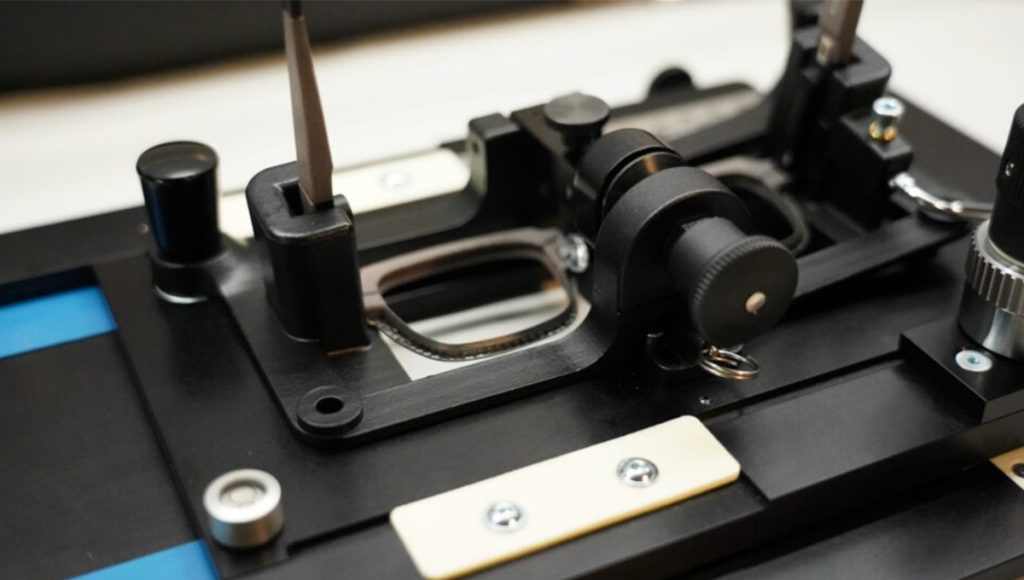
What our clients are saying.
“From day one, Achilles Design’s prototyping facilities were highly valuable in the development of Moonbird. From the first ergonomic models, working prototypes, to the first batch of functional devices for user testing.”
Michael Broes, Founder Moonbird
Let’s work together
Are you ready to pioneer your product or service? Get in touch today to discuss how Achilles can help your brand stay ahead.

